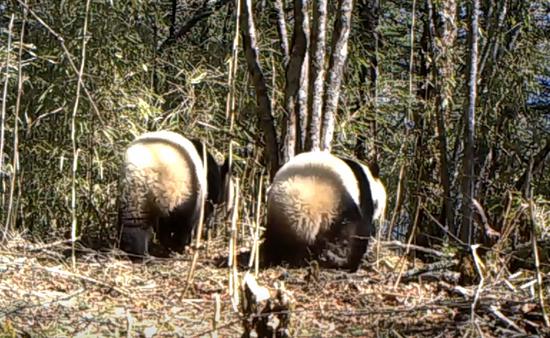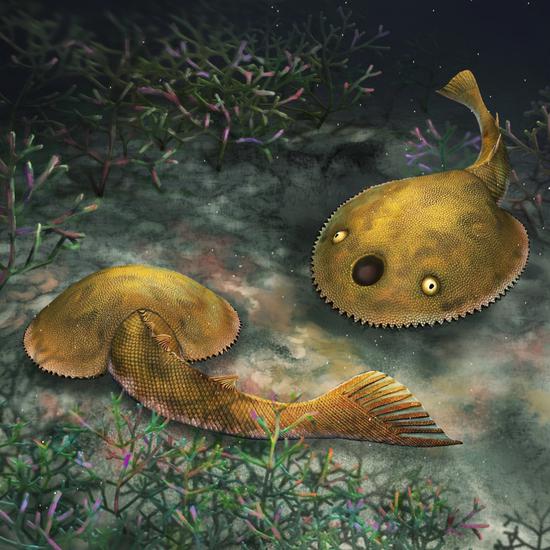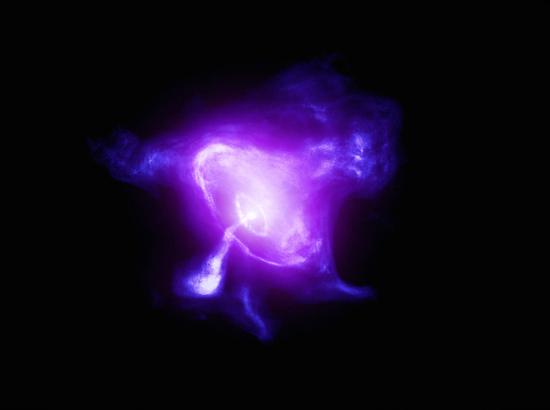Chinese scientists have proposed a unique exploration program named the Closeby Habitable Exoplanet Survey (CHES) to search for habitable planets from "near neighbors" of the solar system.
In this program, a 1.2-meter-aperture telescope will be sent into a Halo orbit at the second Lagrangian point of the Sun-Earth system. With the help of high-precision astrometry, it will survey about 100 Sun-like stars within 32 light years away from the solar system, and detect the number, planetary mass, and 3D orbits of the nearby planets.
"So far, we have conducted a series of preliminary studies and made great progress," said CHES principal investigator Ji Jianghui in a recent interview with Xinhua.
According to Ji, who is also a research professor at the Purple Mountain Observatory of the Chinese Academy of Sciences (CAS), the researchers have completed demonstrations of scientific objectives and key technologies, and developed a 1:6 scale prototype of the telescope.
They have also developed a method to correct image distortion, and the satellite control method with high stability and high pointing accuracy, and tested the micro-pixel-level measurement technology of star relative positions in the vacuum environment, which laid a solid foundation for the space exploration of Earth-like planets in the habitable zone.
The scientific communities both at home and abroad have reached a consensus that the search for the nearby habitable planets is an important frontier issue, according to Wu Ji, president of the Chinese Society of Space Research, former director of the National Space Science Center of the CAS.
What scientists call "nearby" is on a cosmic scale. It means a star along with its planets are within dozens of light years away from our solar system.
Most of the host stars of the terrestrial planet discovered in the habitable zone are not Sun-like stars, but red dwarfs with flares producing strong radiation, which is not suitable for the survival of life, said Wu, adding that scientists are more concerned about the nearby, Sun-like stars that harbor potentially habitable Earth-like planets.
The search is not easy. At present, 70 percent of discovered exoplanets are spotted by the transit method. The principle of the transit method is that when orbiting planets cross in front of a star once per orbit, the brightness of the star will be dimmed periodically.
The transit method requires the planet to move in front of its star with edge-on orbits. However, the probability of such a scenario is very low, and the discovery of planetary candidates will need further confirmation via other methods from the very large ground-based telescopes. It only retrieves the radius of planets, but cannot directly measure the mass of planets.
The team from the Purple Mountain Observatory, led by Ji, put forward an innovative method.
This method uses astrometry to accurately measure the relative position change of the target star with respect to 6 to 8 distant reference stars in the micro-arcsecond-level scale, thus evaluating the tiny wobble of the target star caused by the gravitational disturbance from its orbiting planets, and detecting Earth-like planets in the habitable zone around the nearby Sun-like stars.
Ji explained that this method is not limited by the planet's orbital plane, so it can be used to conduct a comprehensive survey of habitable worlds around nearby Sun-like stars.
"If the so-called Earth 2.0 can be detected around the neighboring Sun-like stars, it will be easier for scientists to further investigate, and it will be a great discovery," said Wu.


















































 京公網安備 11010202009201號
京公網安備 11010202009201號